Home » Aircraft Maintenance Engineering
Aircraft
Maintenance
Engineering
European Aircraft Maintenance Engineering license In Pakistan


Session Intakes
September/January

Course Duration
2 Years

Qualification Credits
120 Credit Hours

Book Appointment
Contact Us
Key highlights of the course
The Aircraft Maintenance Engineering License program offered by ATH is a comprehensive two-year program that prepares students for a successful career in the aviation industry. This 2 year license program is carefully crafted to provide students with the academic knowledge, technical expertise, and practical skills essential for excelling in aircraft maintenance. The curriculum blends foundational sciences with hands-on training, ensuring graduates are proficient in both theoretical concepts and practical applications.
An Aircraft Maintenance Engineer (AME) is a specialized professional responsible for ensuring that an aircraft is safe and ready for flight. Their work revolves around conducting routine inspections, identifying any potential issues, and performing necessary maintenance to keep the aircraft in top condition. AMEs play a vital role in the aviation industry, as their expertise ensures that each aircraft meets the stringent safety standards required for air travel.
Aircraft maintenance engineers focus on fixing mechanical structures and addressing any operational issues that may arise in the aircraft. They meticulously check engines, avionics systems, and other critical components to ensure everything is functioning correctly. If a problem is detected, they either repair or replace the faulty parts to make sure the aircraft is airworthy. AMEs are essential in maintaining the reliability and safety of aircraft, allowing pilots and passengers to have confidence in the performance of the plane during flight.
Book Your Free Counselling Session Now!
Entry Criteria
The entry criteria for the Aircraft Maintenance Engineer program require candidates to have a Matric qualification with a minimum of 50% in Mathematics and Physics. Students with an FSc Pre-Medical or Pre-Engineering background are also eligible with at least 50% marks. While students with 50% in Matric are not eligible for a UK top-up program, they can still pursue a top-up in Dubai, providing a valuable alternative for career advancement in the aviation industry. This flexible entry pathway ensures that students with a range of academic backgrounds can join the program and progress toward becoming skilled aircraft maintenance professionals.


Equipping the Next Generation of Aviation Experts with EASA Aircraft Maintenance Competencies
Beyond academic learning, the program emphasizes skill development, adhering to the stringent standards of the European Aviation Safety Agency (EASA). The coursework incorporates Aircraft Maintenance License modules B1 and B2, seamlessly integrated into the program. This structure ensures students gain a thorough understanding of aircraft systems and maintenance procedures while acquiring the competencies needed to address the evolving demands of the global aviation industry. Throughout the two years, students are equipped to tackle the dynamic challenges of aviation, preparing them to be skilled professionals who contribute to the safety and efficiency of air travel.
Key Skills for Aircraft Maintenance Engineer
To excel as an aircraft maintenance engineer, several essential skills are required to ensure aircraft safety and functionality. Here are five critical skills:

Fee structure
The Aircraft Maintenance Engineering License program is designed to be cost-effective while offering excellent career prospects and high-paying roles in the aviation sector. The course includes a non-refundable admission fee of PKR 150,000, followed by a semester fee of PKR 140,000 across six semesters. Each semester has a duration of four months. Additionally, students must pay an international EASA exam fee of €130 per exam one month before the exam. On-the-Job Training (OJT) fees, starting from PKR 8,000, depend on the OJT partner and scope. This well-structured program ensures students receive comprehensive training, preparing them for successful careers in the aviation industry.
Why to Choose Aircraft Maintenance Engineering in Pakistan?
Choosing a career in Aircraft Maintenance Engineering offers numerous advantages, making it a compelling choice for aspiring professionals.
A career in Aircraft Maintenance Engineering offers access to lucrative job opportunities. The specialized skills required in this field are highly valued, resulting in competitive salaries and rewarding compensation packages.
Aircraft Maintenance Engineers are in demand around the world. This profession provides the chance to work in various countries, offering a unique opportunity for international travel and experience in diverse aviation environments.
The aviation industry’s rapid advancement ensures continuous learning and career development. Engineers in this field can expect to engage in ongoing training and professional growth, keeping their skills and knowledge up-to-date.
The International Air Transport Association (IATA) forecasts that the global commercial fleet will expand by approximately 8,000 aircraft over the next decade. This growth underscores the increasing need for skilled aircraft maintenance engineers to support the expanding fleet.
The aviation sector is experiencing a notable shortage of qualified aircraft maintenance professionals. This demand ensures job security and stability, providing a solid career path with long-term employment prospects.
The role of an Aircraft Maintenance Engineer involves a range of tasks and challenges, from troubleshooting mechanical issues to ensuring aircraft safety. This dynamic work environment offers an engaging and varied career.
Aircraft Maintenance Engineering Course Outline
Year 1
In the first year of the Aircraft Maintenance Engineering License program, students will engage with a comprehensive curriculum designed to build foundational knowledge and skills. The subjects covered in Year 1 are essential for understanding the technical aspects of aircraft maintenance and meeting the requirements for Part-66 AML Categories B1 and B2. Here’s an overview of the subjects:
Year 2
In the second year of the Aircraft Maintenance Engineering License program, students delve deeper into specialized subjects that are critical for advanced understanding and practical application in the aviation industry. These subjects are designed to meet the specific requirements for Part-66 AML Categories B1 and B2, preparing students for the complex challenges of aircraft maintenance. Here’s a look at the Year 2 subjects:
Learning Objectives in Aircraft Maintenance Engineering
The Aircraft Maintenance Engineering program at ATH is designed to deliver a comprehensive range of learning outcomes that thoroughly prepare students for successful careers in the aviation industry. Key outcomes include:
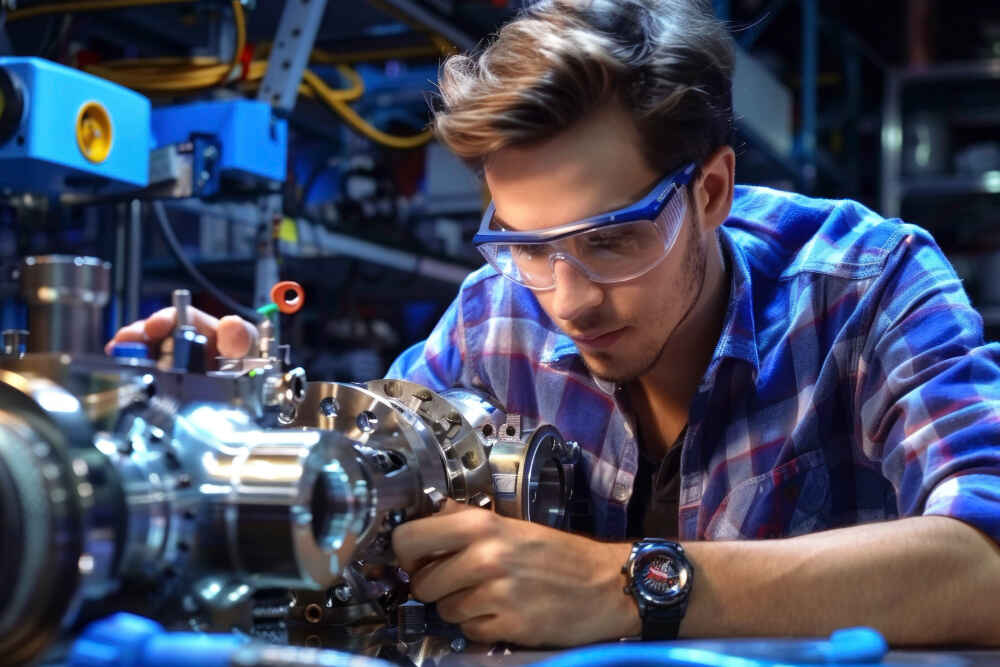
Technical Proficiency
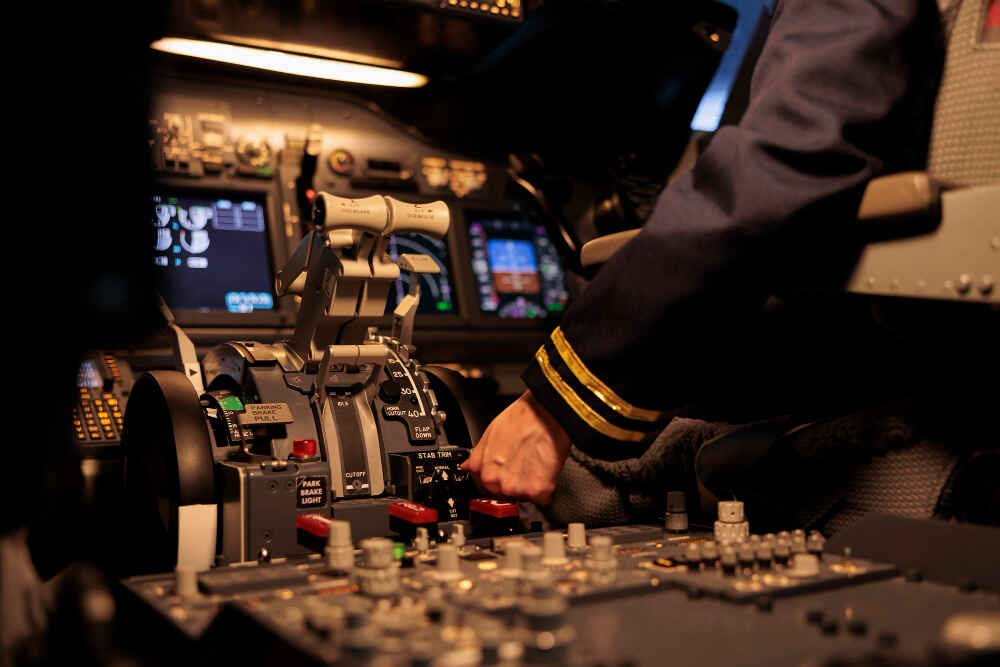
Practical Experience

Transferable Skills

Regulatory Knowledge
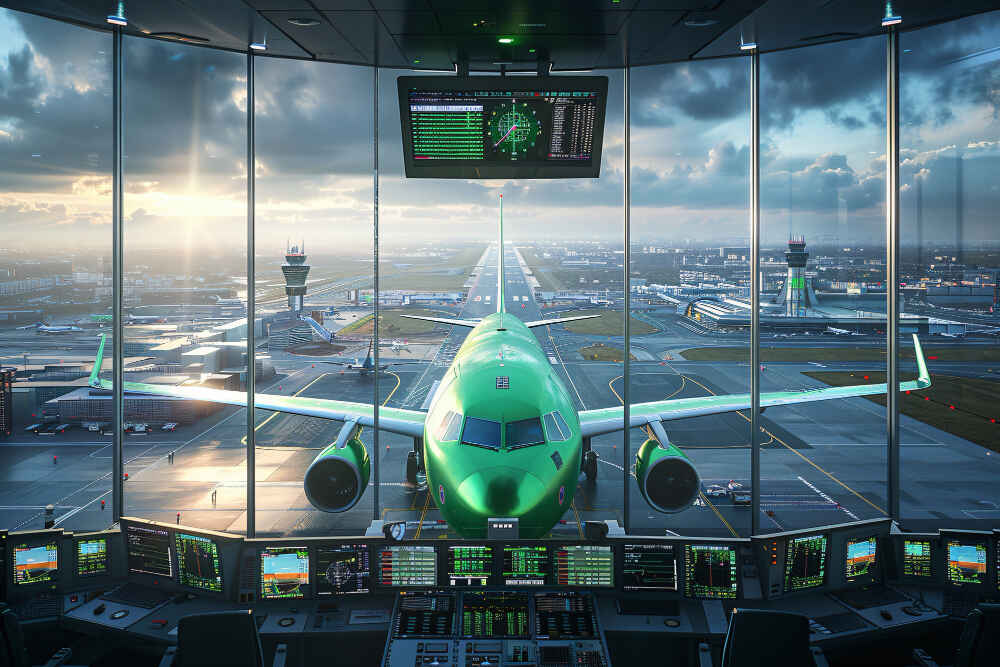
Adaptability to Technological Advances

Interdisciplinary Understanding
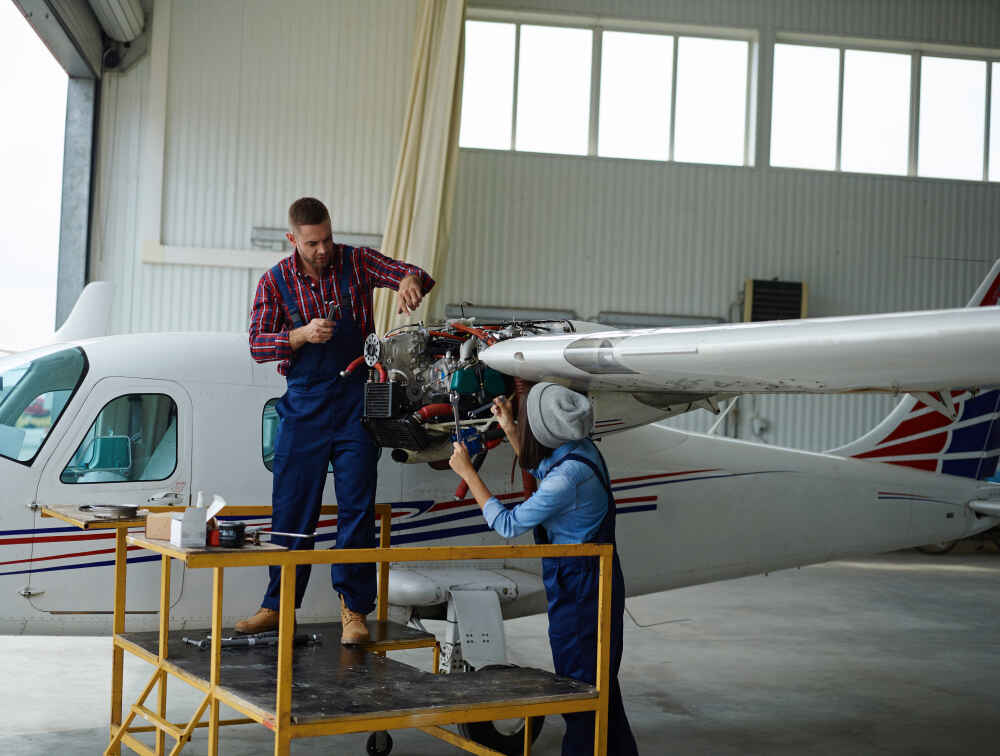
Mode of Study
The program is designed to provide a structured and immersive educational experience through a full-time, on-campus, semester-based format. Spanning two years and divided into six semesters, each lasting four months, the course allows students to deeply engage with both theoretical knowledge and hands-on practice. This consistent, focused approach ensures that students build a solid foundation in their chosen field, preparing them to meet industry demands upon graduation.
Assessment
At ATH, the assessment for the program is centered around a hands-on, assignment-based approach. This method emphasizes real-world application, where students engage in practical tasks and projects that reflect the challenges they will face in their professional careers. By focusing on assignments rather than traditional exams, students are encouraged to develop problem-solving skills, critical thinking, and a deep understanding of their subject matter. This practical assessment strategy not only enhances their learning experience but also better prepares them for the demands of the industry, ensuring they graduate with both theoretical knowledge and actionable skills.

Careers After Aircraft Maintenance Engineering
Completing the program at ATH opens up several pathways for further studies. Students can choose to advance their education by pursuing higher qualifications at universities worldwide, such as bachelor’s degrees or specialized postgraduate programs. Additionally, they can opt for professional certifications that enhance their expertise and career prospects. This flexibility allows students to either continue their academic journey or gain additional qualifications that align with their career goals, providing them with a robust foundation for future success.
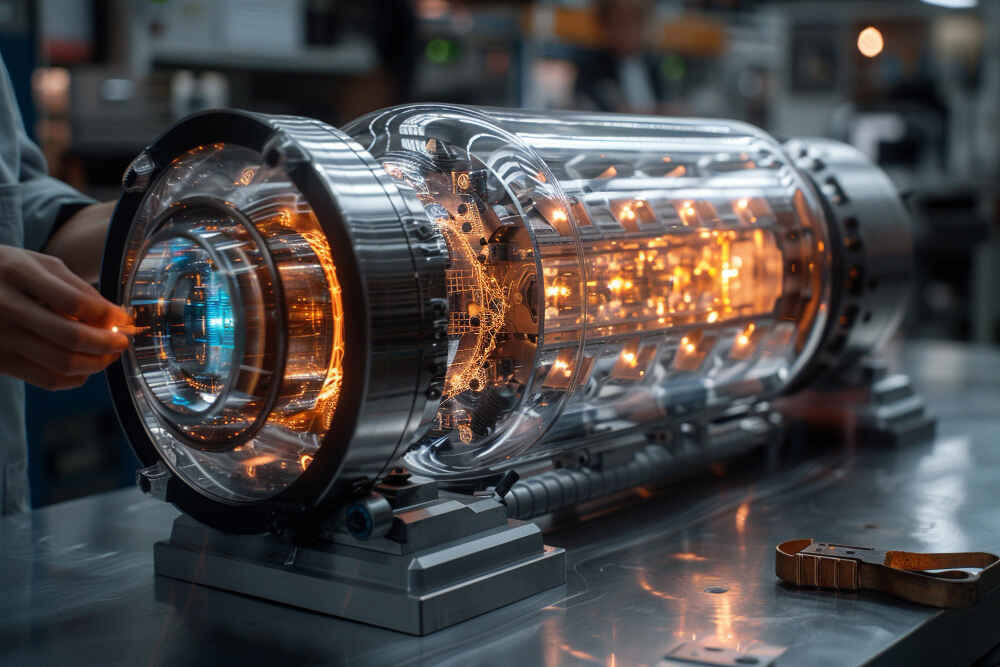
Aircraft Maintenance and Overhaul (AMO)

Manufacturing and Production

Government Sector Jobs

Self-Employment

Aircraft Maintenance and Repair Stations
















